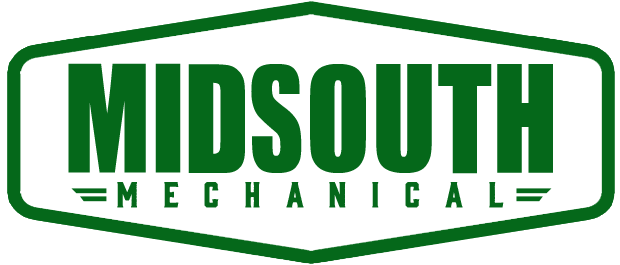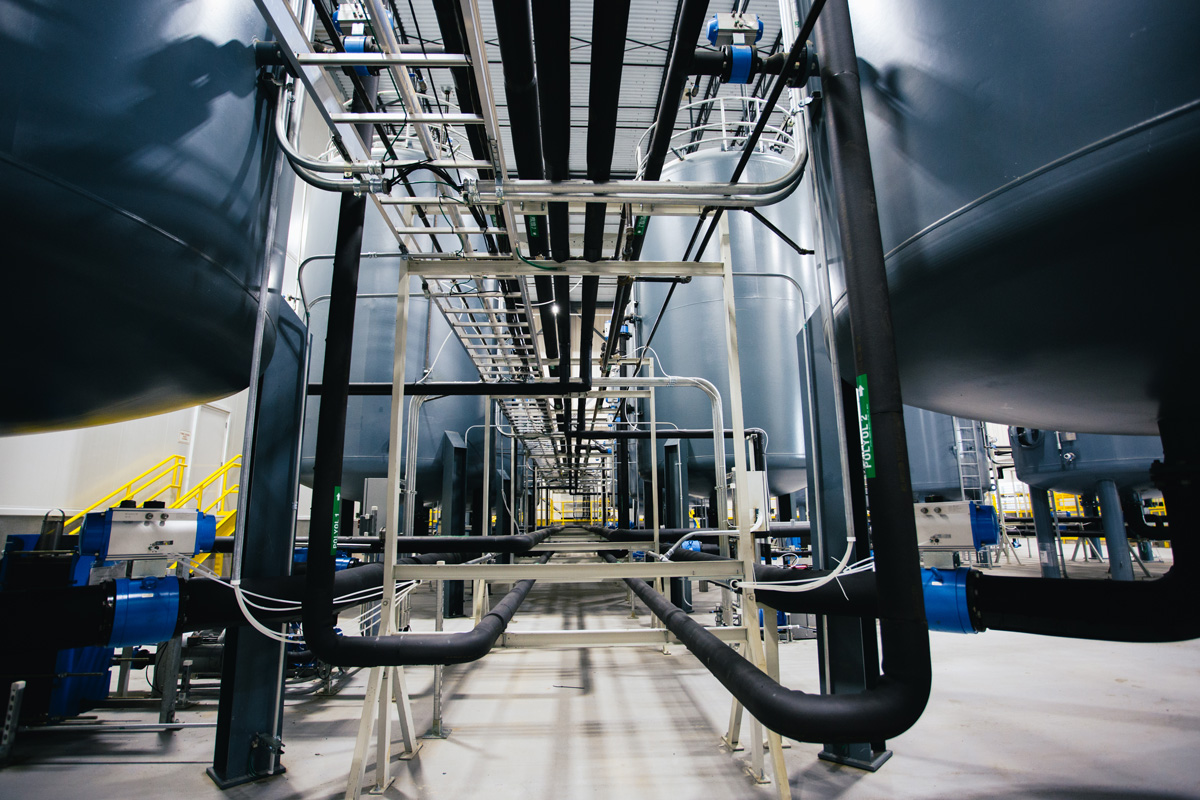Why Every Hour Matters—and How Scan-to-Twin Retrofits Slash Downtime
When a plant schedules a piping outage, every extra hour offline bites into production targets—and the budget. The good news: today’s scan-to-BIM-to-digital-twin workflow can compress weeks of traditional field-fit work into days, sometimes hours. Below is a deep dive into how Midsouth Mechanical leverages 3-D laser scanning, intelligent modeling, and AI-driven digital twins to keep shutdown windows razor-thin and reliability sky-high.
Why Conventional Retrofits Drag On
Manual tape-and-level surveys miss hidden tie-points, congested racks hide surprise clashes, and as-built drawings rarely match reality. The result? Hot-work revisions, extra field welds, and costly change orders that swell rework to 12–15 % of total project cost on a typical industrial job. Laser scanning can push that rework figure down to 1–3 % or less, translating to six-figure savings on a mid-size retrofit.
Utility Solutions
The Four-Step Midsouth Workflow
| Phase | What Happens | Midsouth Advantage | Value to Client |
|---|---|---|---|
| 1. Scan | High-definition LiDAR captures millions of points inside operating units—often in just a few hours. | Portable, intrinsically safe scanners mean no scaffold rental or extended isolation. | Minimal production interference and top-grade accuracy (<3 mm). |
| 2. Model | Point-cloud data is imported into BIM software; piping, valves, and steel are converted into intelligent objects. | In-house modelers trained on ASME B31.3 standards add spec data, pressure class, and weld details. | Creates a digital “single source of truth” ready for clash detection. |
| 3. Simulate | Software runs clash detection, flow simulations, and stress checks before fabrication. | AI algorithms predict fit-up tolerances and suggest spool splits. | Eliminates surprise interferences and optimizes pipe routing. |
| 4. Fabricate & Install | CNC machines cut spools directly from the model; installers use total-station layout for bolt-up. | Shop fabrication under ISO 9001 QC reduces field welds by up to 40–50 joints—Chevron reported a full 7-day schedule savings on a similar revamp. | Faster tie-ins, leaner labor spend, safer sites. |
Keep Reading
Real-World Metrics You Can Bank On
- Field weld reduction: 40–50 fewer welds on a 400-ft line means less hot work, lower NDT cost, and fewer confined-space hours.
- Schedule compression: Scan-to-BIM eliminates first-day “fit-up surprises,” trimming typical outage windows by 20–30 %.
- Change-order avoidance: Catching clashes digitally shrinks rework from 12–15 % to as low as 1–3 %.
The Digital-Twin Dividend: Value That Lasts Beyond Startup
Once the model is live, Midsouth layers it with sensor data—temperatures, pressures, vibration profiles—to create a living digital twin. Machine-learning routines watch for drift and predict failures before they happen:
- Predictive maintenance: Plants that adopt digital twins report downtime cuts of 10–15 % and maintenance-cost reductions of up to 25 %.
- Rapid root-cause analysis: Operators can replay process conditions inside the twin, isolating anomalies in minutes rather than hours.
- Regulatory documentation: Updated inspection records, weld maps, and pressure-test certificates live inside the model, ready for the next audit.
Business Case in a Nutshell
| Cost Driver | Traditional Approach | Scan-to-Twin | Net Impact |
|---|---|---|---|
| Outage Duration | 5-day tie-in window | 3-day window | 40 % shorter |
| Rework/Change Orders | 12 % of contract | <3 % | >$150 k saved on a $5 M job |
| Safety Exposure Hours | High hot-work hours | Fewer field welds | Reduced TRIR risk |
| Long-Term Maintenance | Reactive repairs | Predictive scheduling | Lower lifecycle O&M |
Ready to Retrofit Without the Downtime Headache?
Midsouth Mechanical’s scan-to-digital-twin methodology keeps your plant producing while we modernize your piping. Contact our Process Piping Team to schedule a discovery scan and see how much outage you can save on your next project.
Our team is here to help.
Contact a project manager today!


